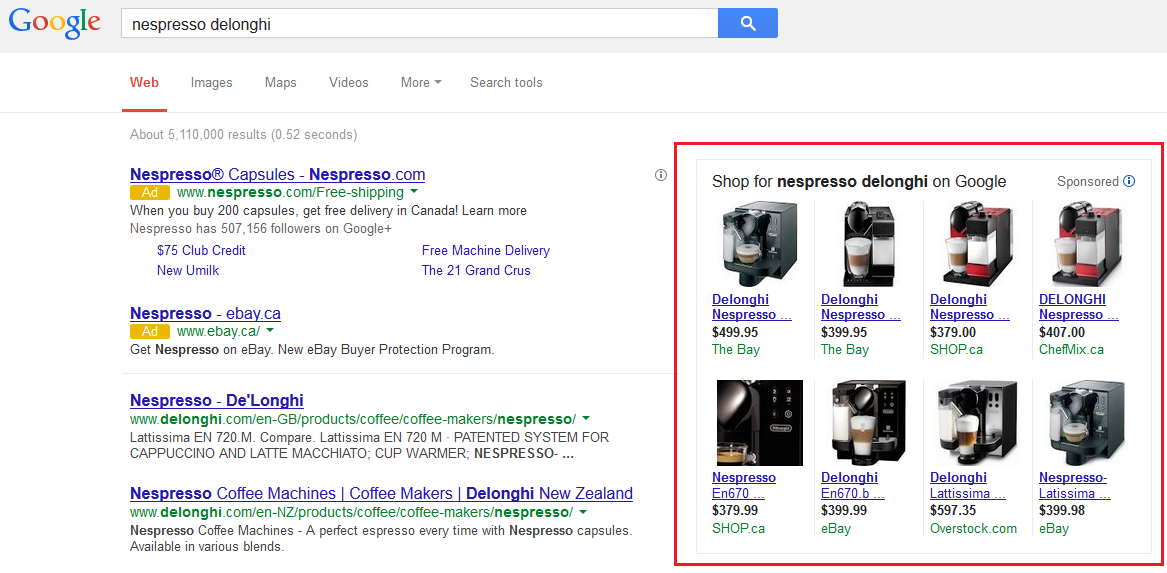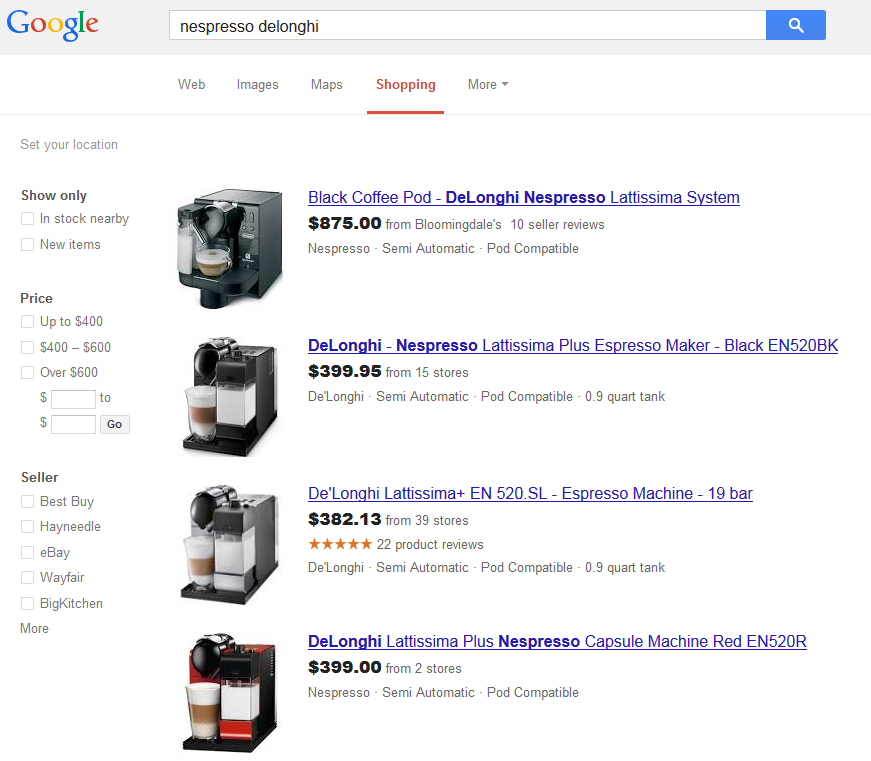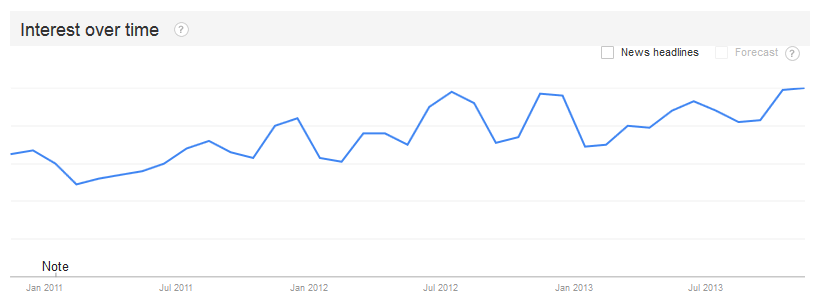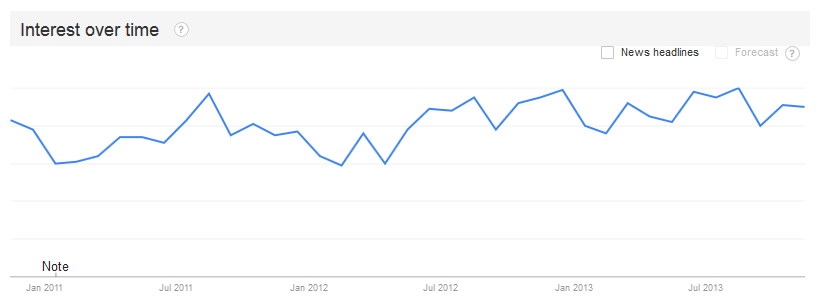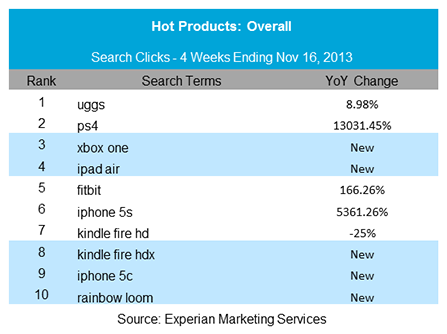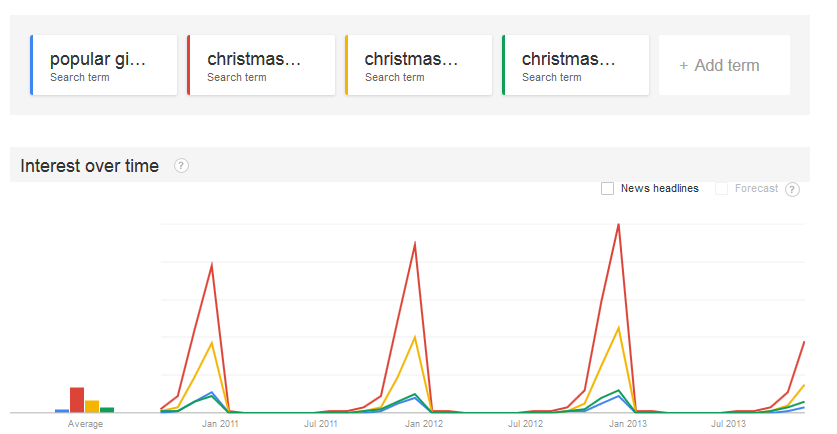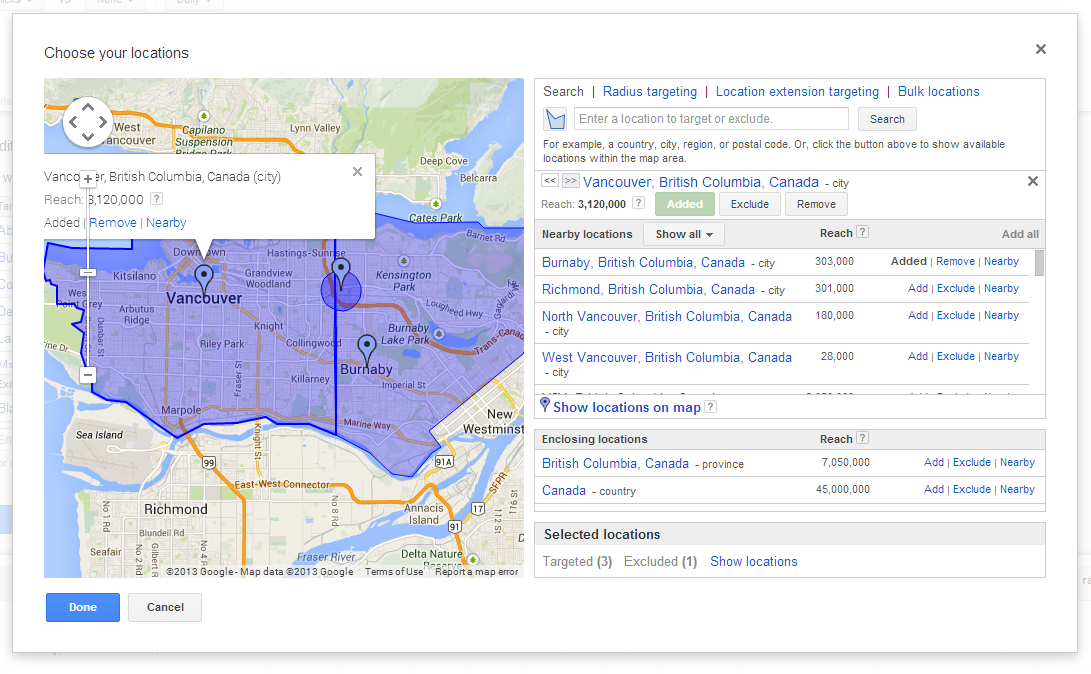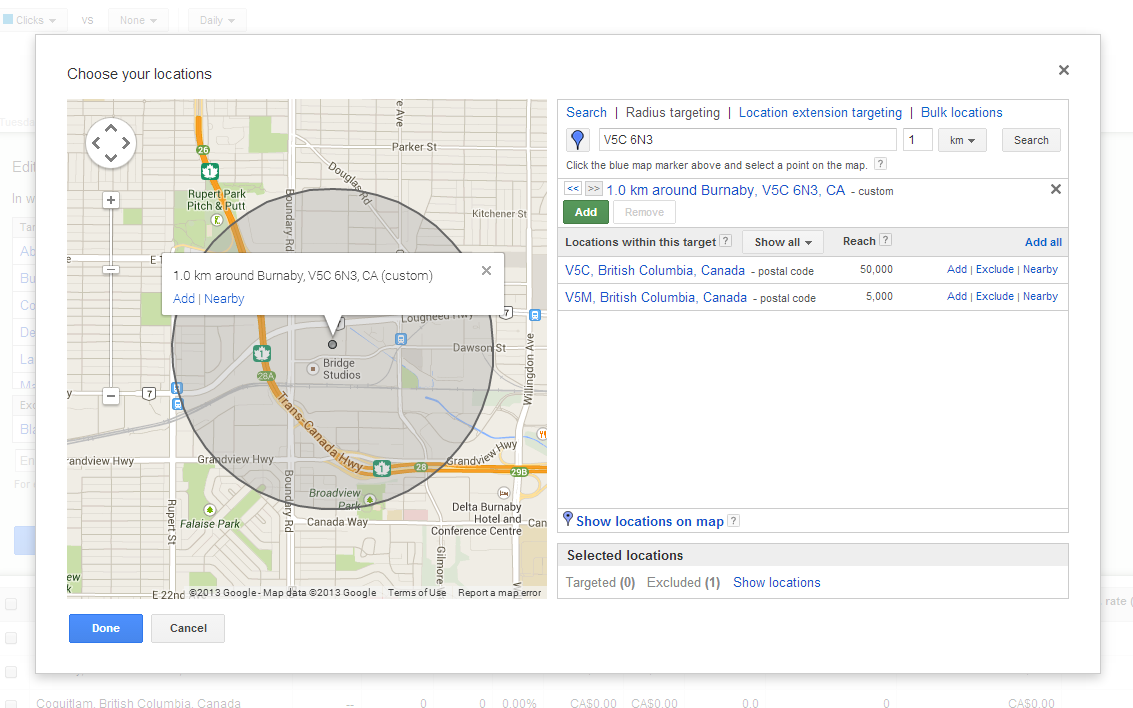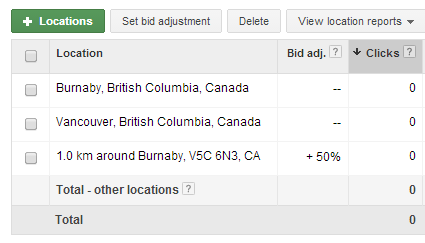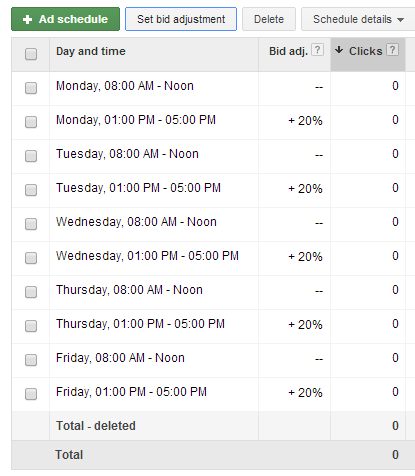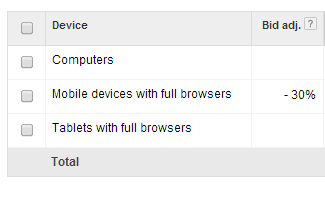Christmas Ecommerce Best Practices [Part 1]

Welcome to the first article of our series about Ecommerce best practices for Christmas. In this series, we will focus on providing recommendations on which digital marketing tools and practices to leverage for this holiday season. All our recommendations follow our P.A.C.E methodology which we use for our own digital marketing audits and digital roadmaps, and will be presented according to the four sections that make up our P.A.C.E model: Promote, Analyze, Convert and Engage.
In this first article about the Ecommerce best practices for Christmas, we will cover digital marketing recommendations that fall under the Promote section. Specifically, what promotional activities will improve your Christmas campaign's effectiveness.
We have since then covered the three additional sections of the P.A.C.E. model:
- Analyze: Ecommerce Best Practices for Christmas [Part 2]
- Convert: Ecommerce Best Practices for Christmas [Part 3]
- Engage: Ecommerce Best Practices for Christmas [Part 4]
-
Use Product Listing Ads (PLAs) & Google Shopping
Product Listing Ads are described by Google as “a unique ad format that allows you to include specific product information like an image, title, price, promotional message, and your store or business name”. Product Listing Ads are displayed on the side of search results, separated from text ads as seen below:
To start using the Product Listing Ads, you need to have both an Adwords and Merchant Center account, and link them. Google provides additional information about the benefits of Product Listings Ads, how-to guides as well as advertising guidelines. Below, is a video on how to setup your first PLAs campaign:
When setting up your Product Listing Ads, keep in mind the following best practices:
- Divide your products into product categories and create one ad group for each of them in order to keep control of the bids, ad copies and targeting options
- Include promotions in your ad copies, this will likely increase the Click-Through rate
- Keep track of your bids to maintain a position within the first 3 results
Note that your product ads will not only be displayed in Google search results page, but also in Google Shopping, as seen below:
This can be really valuable considering that Google Shopping’s usage picks up at two times of the year, in August for the “Back to School” offers, and between November and December in anticipation of the Christmas holidays.Searches for Google Shopping in the U.S. for the past 3 years:
Searches for Google Shopping in Canada for the past 3 years:
-
Use Adwords’ Search Network with Display Select
We would usually always advise to keep Search and Display networks separated, to ensure a proper analysis of the campaign performance at first, but also for a better bid control. That being said, Adwords’ Search Network with Display Select, Google’s update to the Search & Display Network, has proven to be quite effective during the initial test phase. Google says the advertisers who participated to the test saw an average of 35% higher Click-Through rate, as well as a 35% lower cost-per-customer purchase compared to the old Search & Display Network. The new type of campaign “uses improved signals and methods of predicting when and where your ads are likely to perform best, and sets a higher bar for when to show them”. We already covered the reasons why Search Network with Display Select matter to advertiser in one of our articles, you can also learn more about it and get details on how to upgrade on Google’s support page.
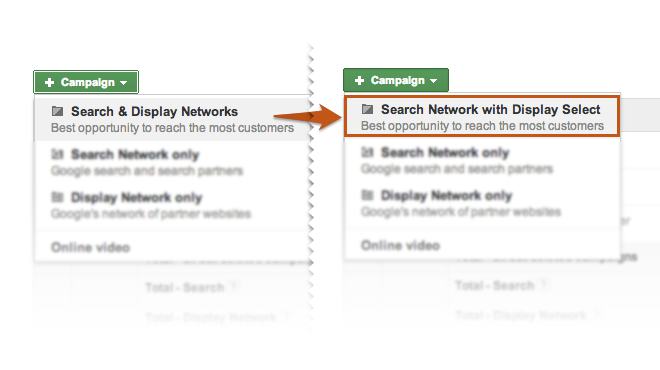
So if you already have one or more campaigns on the Search & Display networks, or even if you keep them separated, you should now consider using the new Search Network with Display Select to experiment with one of your products and see whether the results are beneficial for your Christmas campaign.
-
Leverage Tech Gadgets Popularity
Every Christmas season retailers compete for holiday shopping dollars. One of the most popular categories is the highly coveted tech gadgets. Experian Marketing Services is conducting a continuous study to track “the latest in hot products and other holiday marketing trends” until Christmas. And as of November 16th, these were the most popular tech gadget products:
The study is updated every week to reflect the latest trends, we might revisit the topic if any major change occurs. In the meantime, feel free to check the study in details to learn more about popular toys products, the most popular products amongst “tech junkies”, or the most visited retail sites.
So what can you do to leverage the tech gadgets’ popularity? If you are a retailer and you happen to sell these products, you might want to consider a few tactics:- Promote these products on your homepage, with a prominent and eye-catching banner for example
- Focus advertisements on these products
- Have competitive prices, and advertise it!
But what if you don’t sell any of these products? You can still ride the trend by creating contests and offering tech gadgets as rewards. You could also partner with a tech retailer and offer gift cards. -
Adapt Search Engine Optimization (SEO) to Christmas
One way of reaching new potential customers for this holiday season can also be to optimize some of your website for Christmas-related queries. By creating Christmas-related content, such as blog post, announcement on the homepage, or even dedicated landing page for which you can optimize the title page and meta description, you will have higher chances of getting traffic for queries such as “popular gift for Christmas”.
Below, the Google trends chart shows this trend repeated for other similar keywords such as: “popular gift for Christmas”, “Christmas gift for men”, “Christmas gift for women” and “Christmas gift guide”: -
Promote on Social Media
The “Don’t put all your eggs in one basket” principle also applies to digital advertising, and although relying on Google Adwords is a relatively safe bet, you should diversify your advertising platforms.
So which platform should you consider? Bloomberg Businessweek refers to Forrester’s report released a month ago, which surveyed close to 400 marketers to get insights on their social media advertising satisfaction. Some of the insights are quite interesting:- Facebook is ranked at the very bottom of the list of social media platforms for advertising
- LinkedIn is perceived as more effective than Facebook (it is pretty safe to assume specifically for B2B)
- Twitter is also one of the marketers’ favorite social media platform
And Twitter had a lot of positive news lately:
- Twitter Advertising is available to small and medium sized businesses (SMBs) in Canada, UK and Ireland since last Thursday
- Twitter now offers enhanced geo-targeting options that lets you get as specific as targeting postal code
- You can even go one step further by targeting specific mobile devices, OS version, or device using WIFI
It’s now up to you to come up with the most creative and relevant way to use all the new Twitter advertising features.
As a side note, even if you’re not advertising on Twitter, there is one thing that we always recommend: use twitter cards. They allow you to “attach media experiences to tweets that link to your content”. To set it up, Twitter requires the following four steps:
- Review the documentation for the type of card you want to implement.
- Add the pertinent meta tags to your page.
- Run your URLs against the validator tool to be approved.
- After approval, tweet the URL and see the Card appear below your tweet.
As a reference, this is what Twitter cards look like:
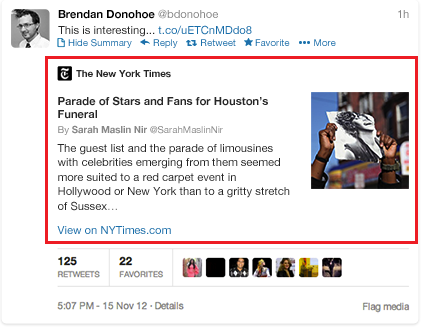
In terms of social media advertising, there has also been a lot of talk lately about the new Instagram ads and Pinterest promoted Pins. These new advertising platforms all look very promising but as of now are unfortunately only available to a few advertisers. That being said, you might want to keep an eye on the topic, just in case they are made available before Christmas. -
Leverage your physical store(s)
A. Attract customers to your store
Start by driving more traffic to your physical store(s). To do so, use targeted advertising, such as increased bids for customers close to your store, making a search for products or services you sell, on a mobile device. Google Enhanced campaigns give you the ability to define an increase ratio that applies to bids for customers searching on mobile within a specific distance to your shop. This bid increase can be customized to only be active during certain hours of the day.
To do so, in Google Adwords, select the campaign you want to apply the setting to, then go to Settings > Locations. You should already have a few locations selected, but if you are creating a new campaign, start by selecting the general area you want to target with your ads:
Here I chose Vancouver and Burnaby. To target customer close to your store specifically, on the window above, go to Radius Targeting and enter the postal code of your store, as well as the radius of the zone targeted, as you can see below:Go back to your location setting and set a bid multiplier for this area, i.e. how much more are you willing to pay to attract potential customers in this area:
Remember that you can further tailor these ads by adjusting the budget by time of the day or day of the week, as well as devices:
B. Direct your physical store customers to your website
Once your customers are in the store, hand out web-only promotions that will drive traffic to your website. Make sure to use a unique URL, either redirecting to your homepage or to a dedicated landing page, so that you ensure you can track the traffic generated by these promotions.
If you follow these recommendations and combine them with your other digital marketing activities as covered in our P.A.C.E model, you will see measurable improvements in your Christmas campaign.
This concludes our first article of our series on the Ecommerce best practices for Christmas. Don't forget to check the three additional sections of the P.A.C.E. model:
- Analyze: Ecommerce Best Practices for Christmas [Part 2]
- Convert: Ecommerce Best Practices for Christmas [Part 3]
- Engage: Ecommerce Best Practices for Christmas [Part 4]
If you want to hear more about these recommendations or get information on how we can help you with your Christmas campaign, get in touch with us through our contact page.
In the meantime, we would love to hear about what practices you plan on using for Christmas, in the comment section below, or on our Facebook and Twitter pages.
